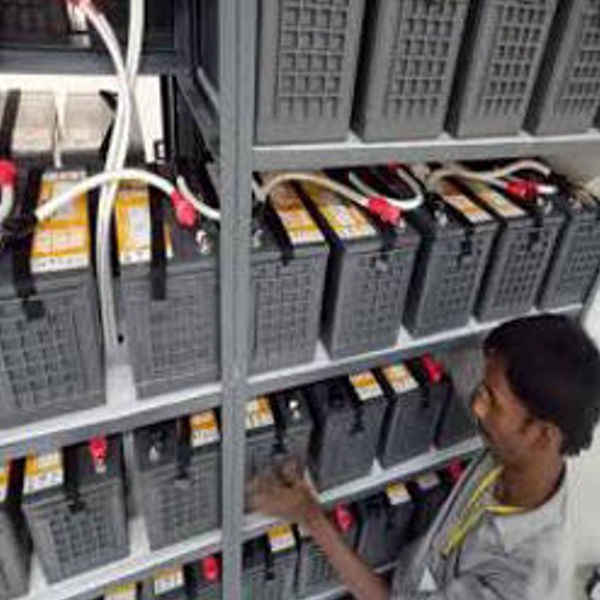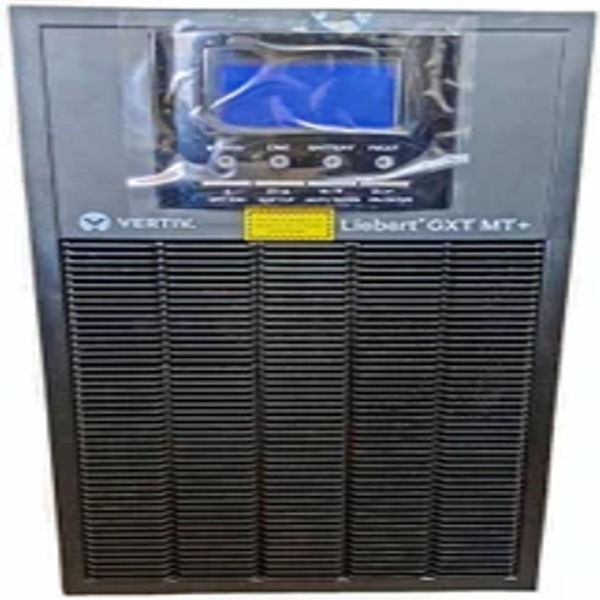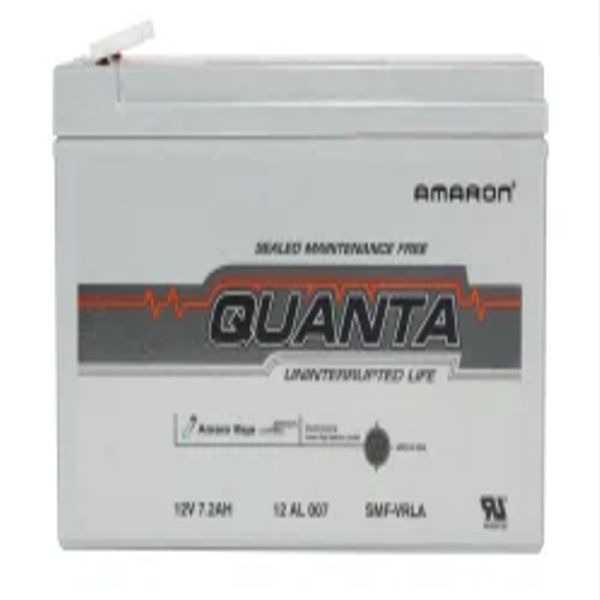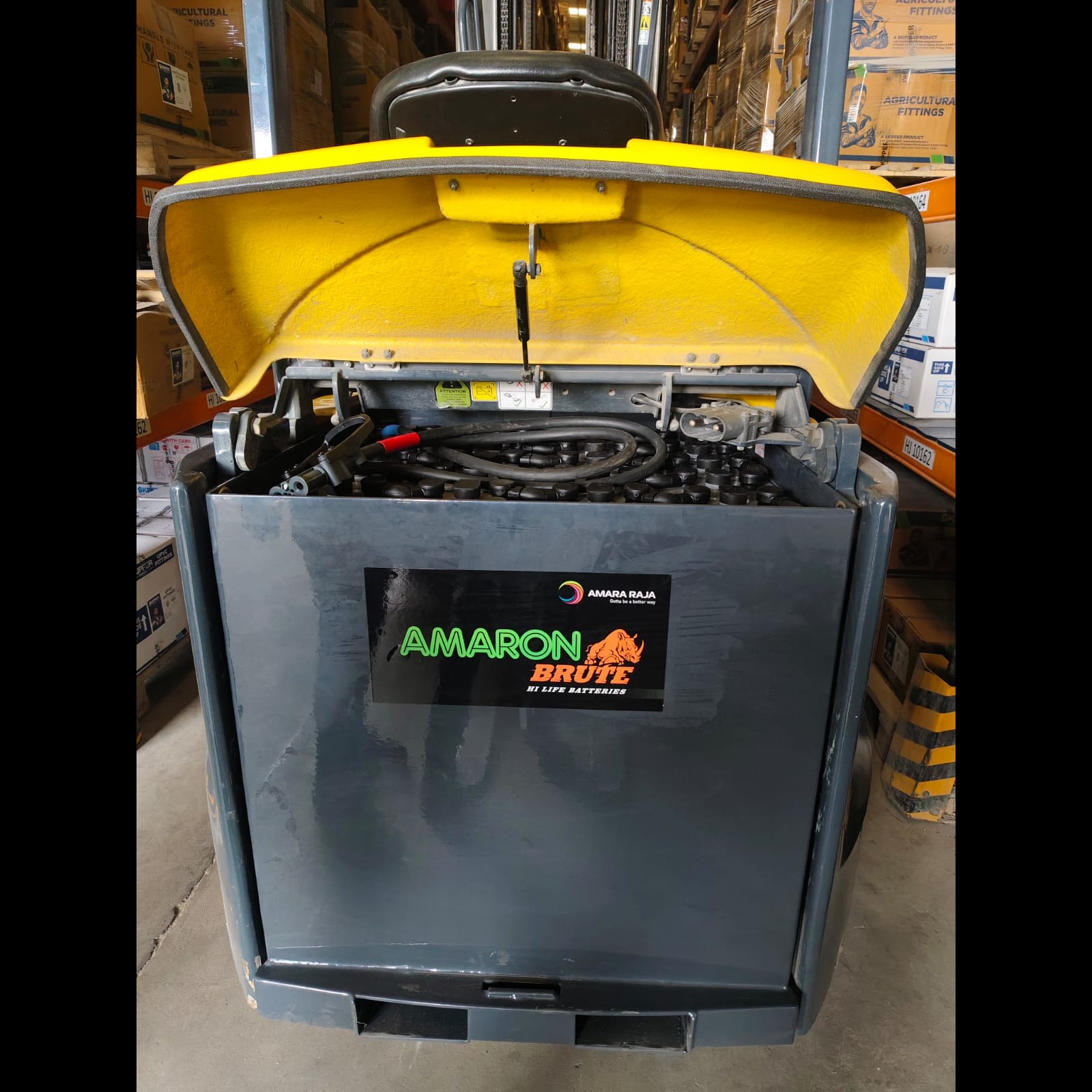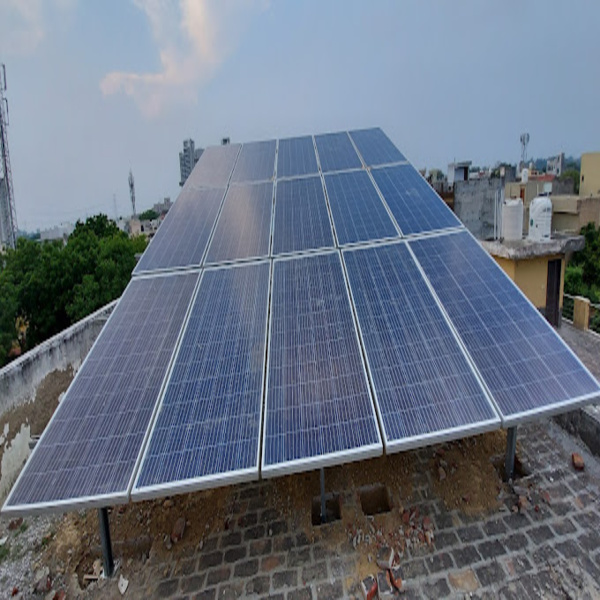
solar panel
A solar panel is a device that converts sunlight into electricity using the photovoltaic (PV) effect. It’s a key component of solar power systems.
☀️ How It Works:
Photovoltaic Cells: Made of semiconductor materials like silicon.
Sunlight Activation: When sunlight hits the cells, it excites electrons, creating an electric current.
Direct Current (DC): The electricity generated is DC, which can be converted to AC (used in homes) with an inverter.
⚡ Types of Solar Panels:
Monocrystalline (Mono-SI):
High efficiency (15-22%).
Sleek black color, space-efficient.
More expensive.
Polycrystalline (Poly-SI):
Moderate efficiency (13-16%).
Blueish hue, less expensive.
Thin-Film Solar Panels:
Flexible, lightweight, and less efficient (10-12%).
Good for large areas or portable use.
🔋 Key Components:
Glass Layer: Protects the panel.
Photovoltaic Cells: Convert sunlight to electricity.
Backsheet: Protects the panel’s rear.
Frame: Provides structural support.
🌍 Benefits:
Renewable and eco-friendly.
Reduces electricity bills.
Low maintenance after installation.
⚠️ Considerations:
Efficiency decreases in cloudy weather.
Initial installation cost can be high.
Requires space for optimal performance.
